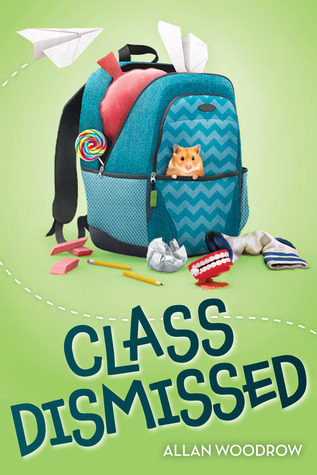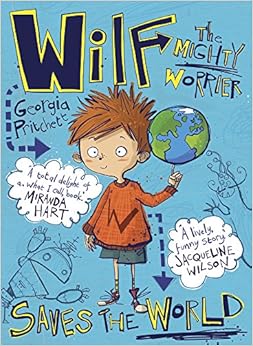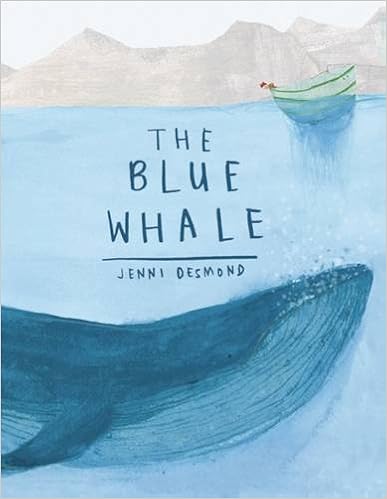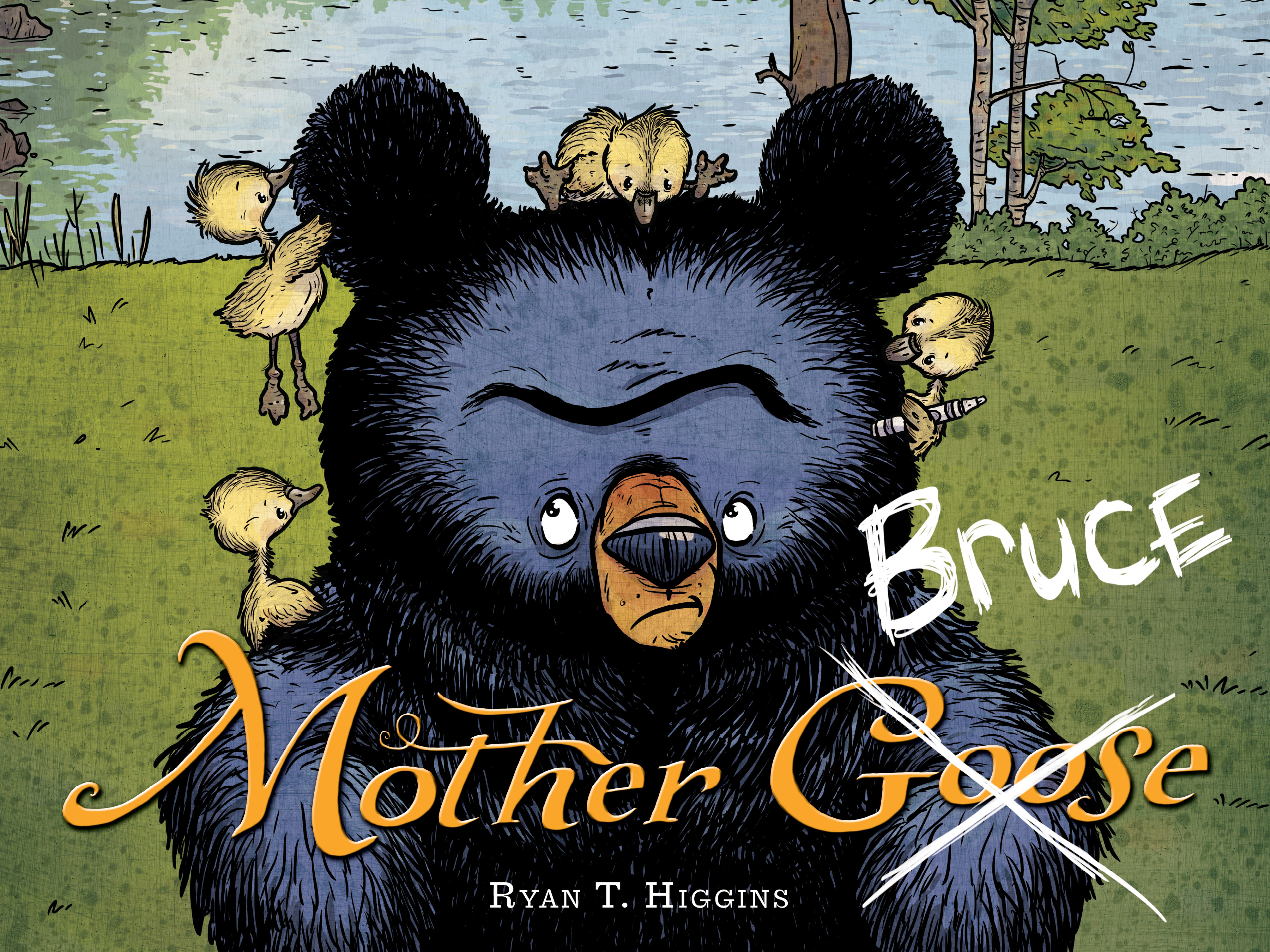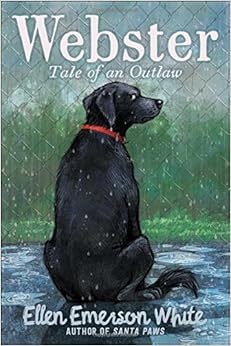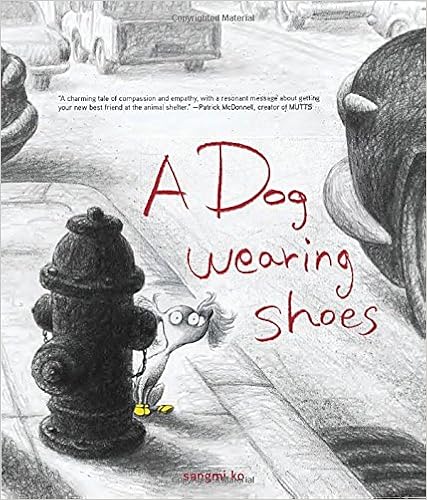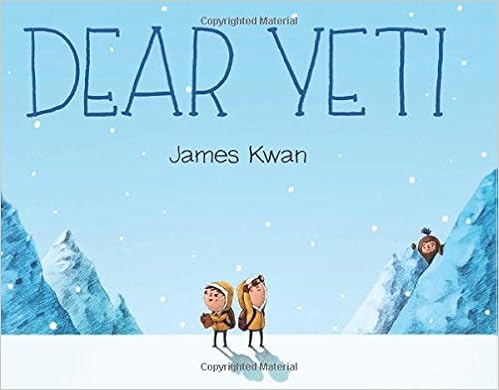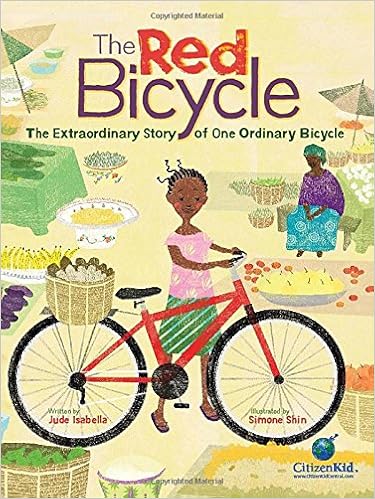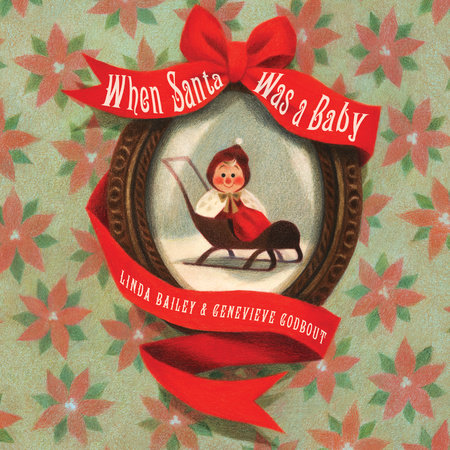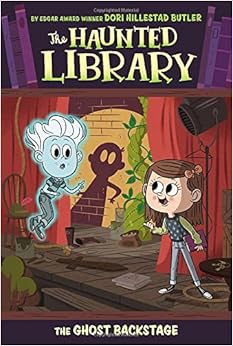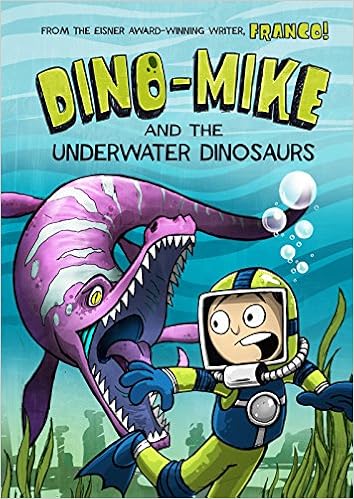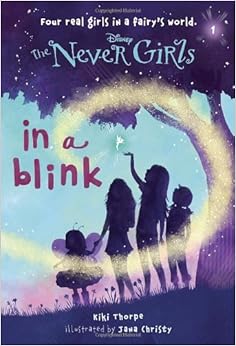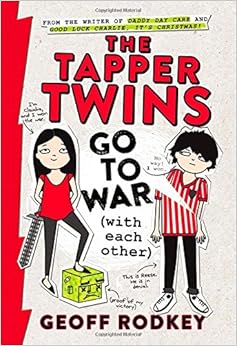My love for reading
began when I was a child. My first
memory of books and stories were those that my parents read to me, most often
from a treasury of Mother Goose. The
rhythm and song of the rhymes and poems was magical and entrancing. As I grew into a reader myself, I appreciated
the imaginary places to which books would take me. The moment I could finally
sign my name and was handed my own library card was an exciting moment. I had favorite authors and series
that I read devotedly, which I searched for at the library and the bookstore. The lowest shelf
in my closet was dedicated to my books; my books were arranged there so they
were never very far and as if they were treasured friends.
I was an enthusiastic reader, to say
the least, as an elementary child. Not
every elementary child is this enthusiastic about reading. But this is the enthusiasm I wish for every
child. My goal in teaching my students
is to help them become more proficient and independent readers, but I also want
them to enjoy books. I want children to
experience other places and meet new characters that only reading will lead
their imagination to find. I want
students to choose books that interest and engage them. I want my students to be better readers, but
I also want them to be motivated to read.
As I motivate my readers, I think of
Frank Serafini’s quote, “There is no such thing
as a child who hates to read; there are only children who have not found the
right book.” As a reading teacher, part
of my job is to help students find the right book. I truly believe if a child says he hates to
read that child needs to be supported in discovering his interests and tastes
for reading. With the right support,
even those students who claim a dislike of reading can be led to the new book,
the new series, or the new genre that they will just love. Motivating students to read can be
challenging. Here are some ways to get
started in supporting students to develop an enjoyment of reading and books.
Be a reader of children’s books. I try to become familiar with the latest in
children’s books and read books that I think will interest my students. This enables me to make recommendations to my
students. When reading children’s books
I include those that may not be my preference of reading material, but think my
students probably will enjoy. This year
I have a group of students who enjoy graphic novels. These are not typically the type of books I
seek out to read, but because my students are interested in them I have made a
point to read more of them. I have been
pleasantly surprised with many of the graphic novels I have read and have
recommended them to readers who enjoyed them.
Give book talks. Book talks are a great way to introduce
students to new books and get them interested in books they may not find on
their own. It only takes a couple of
minutes to tell students about a book and get them curious and wanting to read
it. I gave a book talk about Princess
Pink and the Land of Fake-Believe, a transitional chapter series, to my third
graders. I began with a simple hook to
get them interested in the plot (Would you like to open your refrigerator
door, step inside, and magically enter a land of fake-believe where the
characters are like those from fairy tales?), gave a brief summary of one of
the books, and read the first chapter. That
day a student took the book home to read and others are lined up to read it
next.
Provide students with opportunities
to preview books. I’ve seen students
randomly grab a book off my shelf and ask to read it. I’ve never gone into Barnes and Noble and
chosen a book for myself this way and if I did I don't think the chances are great that I’d end up with a book suitable for my tastes. Teaching students how to preview a book is
something they need to be explicitly taught.
I discuss how I preview a book with my students and show them what I
might do when choosing a book - read the title and author, read the summary on
the inside front cover or back of the book, look at the illustrations and graphics,
scan the table of contents, look at the illustrations and graphics, and read
the first few pages. I also give
students the opportunity to preview books by doing a book pass. I give every student or pair of students a
book. They have a minute or so to
preview the book and when I call “pass” they pass it to the next person. If I do a book pass with a small group of
students I continue until all students have had a chance to preview all of the
books. Students often discover new books they want to read after participating in a book pass.
Provide opportunities for students
to talk about books. After students have
heard many book talks, they can take over by doing book talks themselves. At my school, we have a few students every
week talk about books they are recommending to others during morning announcements. Students tell the title and author of the
book, whom they are recommending it to, a brief plot summary, and why they are
recommending it. Students also write
recommendations that are displayed in the library for others to read and get ideas for their
next book.
Have students keep a future book
list. When there is a lot of talk about
books, students are hearing many titles and hopefully getting ideas about books they are interested in reading.
Students can be encouraged to keep a list of books they want to read in the future. This can be a “Someday Book List” or a
“Possible Future Reads” list. At the end
of a book talk or after a book pass, if a student is interested in reading a
new title, at some point, it can be jotted down on the list.
These suggestions for motivating readers have increased the talk and interest surrounding books amongst my students. Students are also exposed to books they wouldn't discover on their own. Even some of my less motivated readers have been enticed to read a new book or try a different book series. It can be challenging work to motivate students to want to read, but it's just as important as teaching them how to read. Students may think they don't like reading, but they just don't yet know that the right book is out there. I can lead them to find it.

